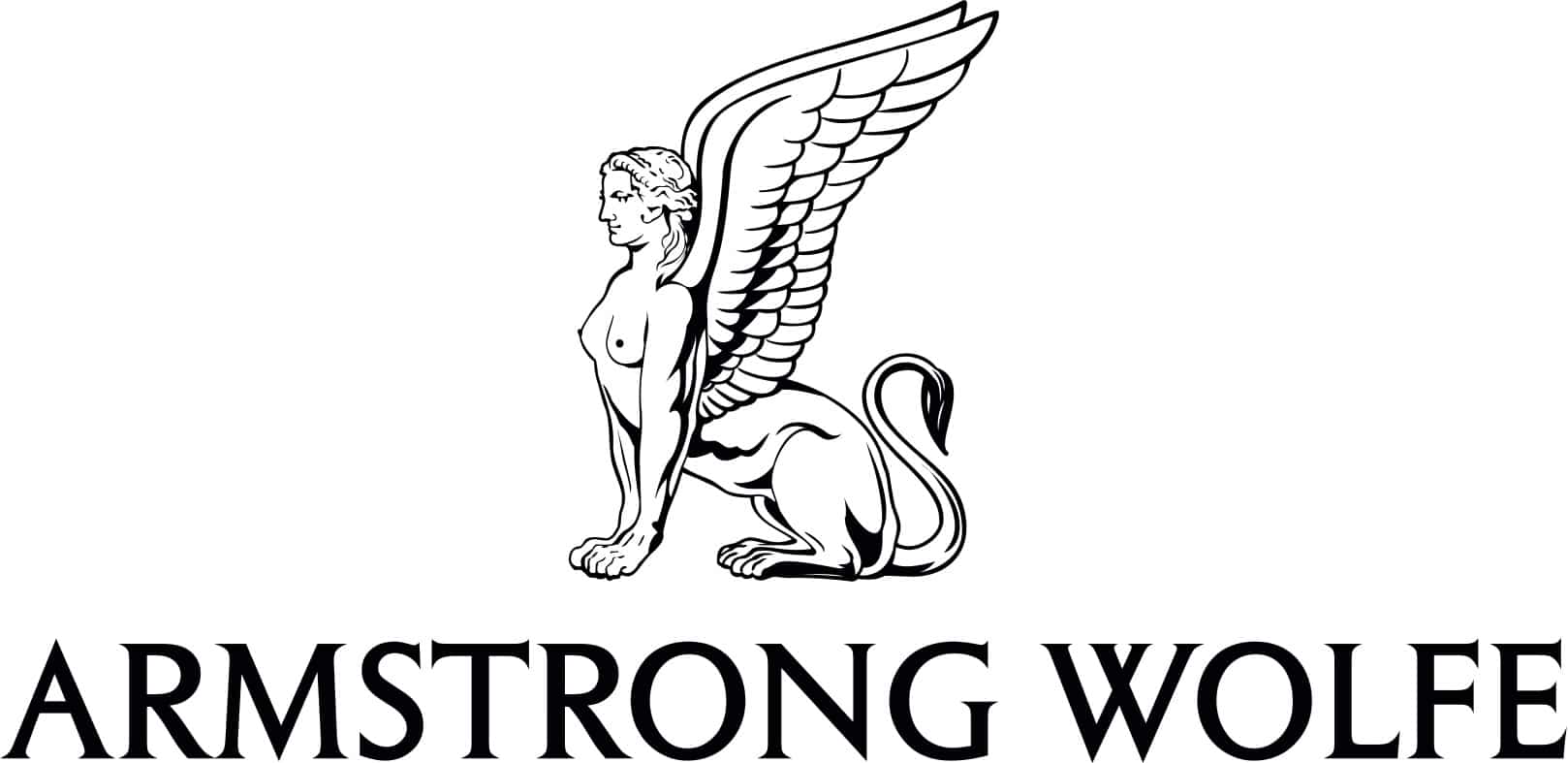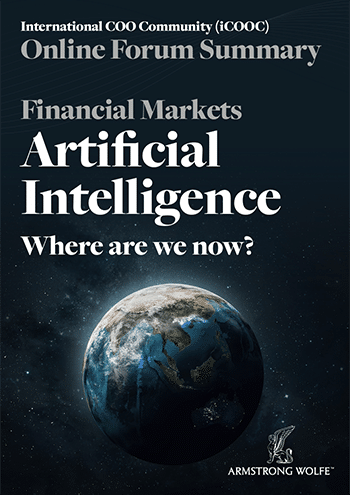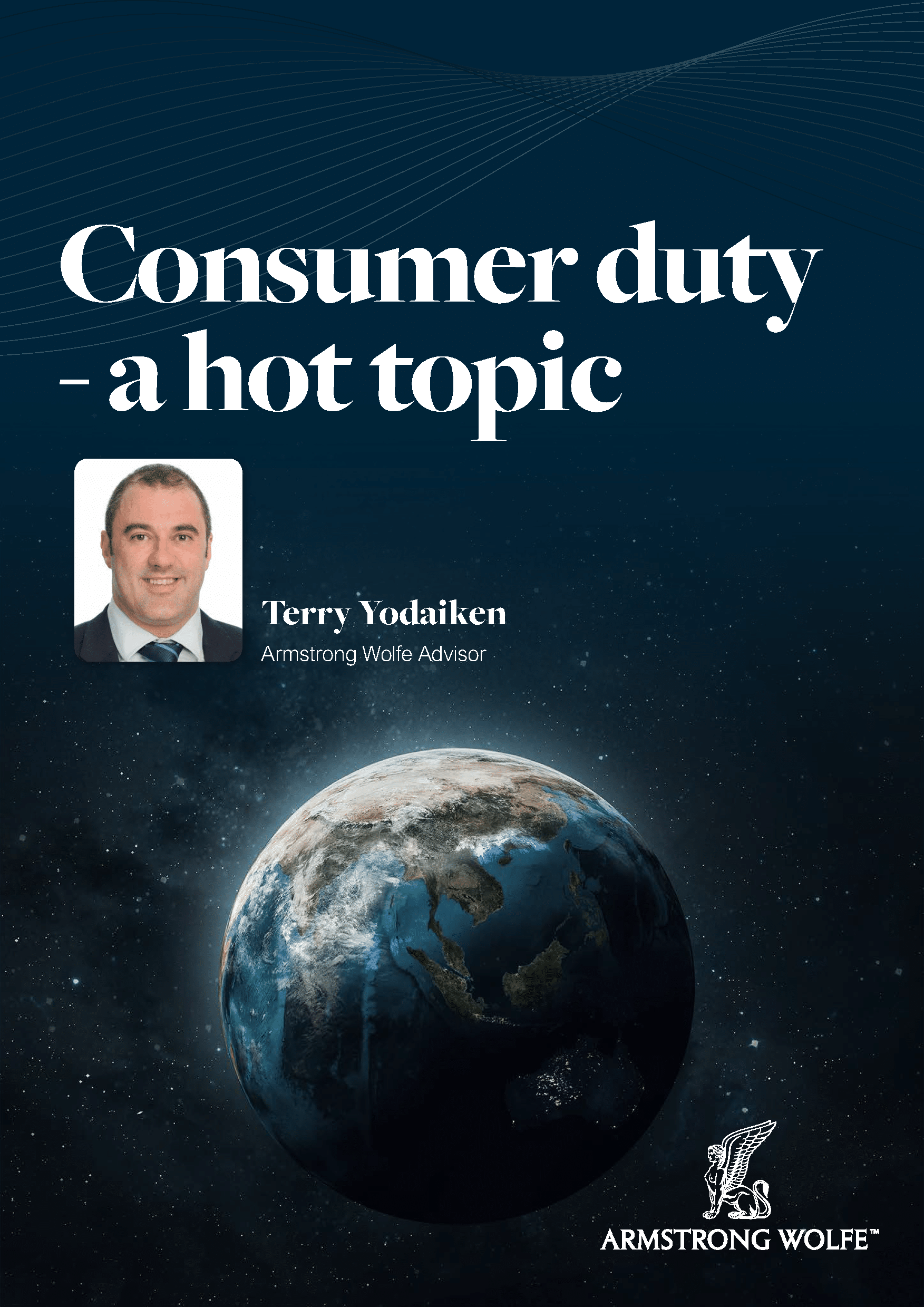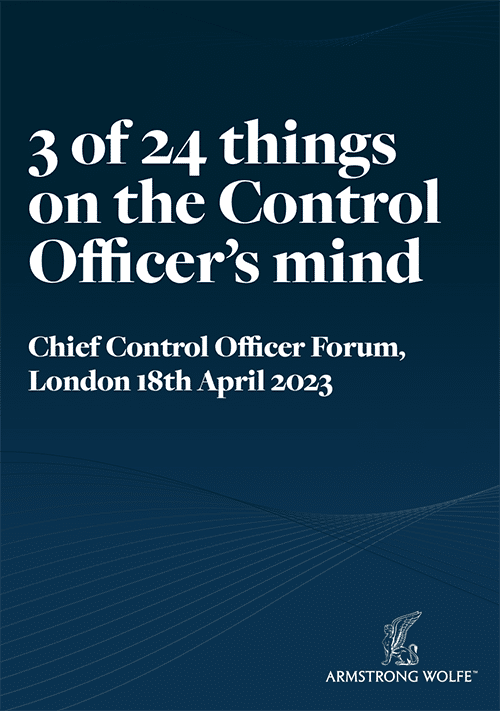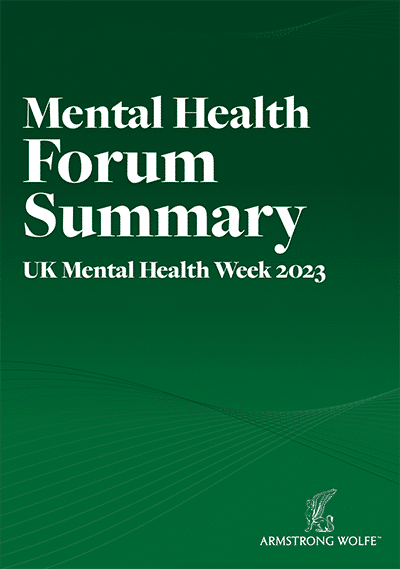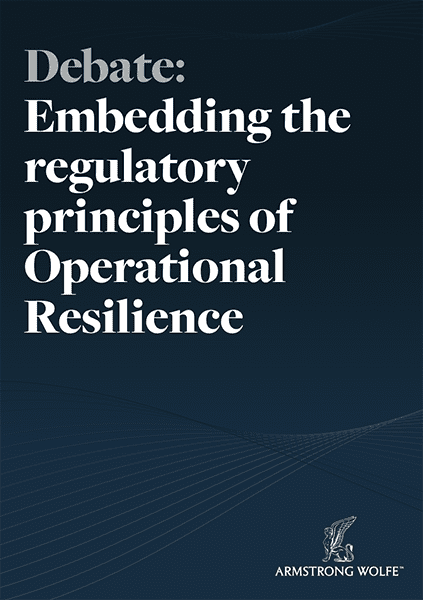Armstrong Wolfe The impact of Technology on the Continued Evolution of the COO’s Mandate
POV provided by Monel Amin, CEO, DiligenceVault Tracy Springer, Corporate Counsel, Yield Street Gordon Grant, Partner, Armstrong Wolfe Partners and WCOOC Ambassador
The Impact of Technology on the Continued Evolution of the COO’s Mandate
Technology has been a constant driver in the evolution of the COO mandate, changing not only the way that COO’s have approached and performed legacy functions but also through innovating those very functions by creating new platforms and products, generating opportunities, while leveraging business models and analytics.
COVID-19 only accelerated this front with the role of tech quickly becoming a necessity, in addition to being a strategic enabler. This resulted in an emphasis on the existing technologies within processes pushing them deeper into these organizations. The COO is and will continue to be integral in corralling the organization and defining technology solutions to ensure success throughout this period.
Examples of where the COO drove change leveraging technology include:
1. Definition and implementation of surveillance software either an Agile in-house response or acquiring third party vendor solutions.
2. Concerted effort both internal and external to enable automation and digitization. As working from home has increased, banks and other large financial institutions have implemented electronic signature solutions as part of business continuity planning to keep deals flowing.
3. Increased adoption of external technology, due to the availability of integration ready and purpose-built solutions designed to quickly unlock business silos and free data that had once been hidden in multiple inhouse systems (as well as in Excel, PDF and shared drives). Our clients have come to adopt DiligenceVault to not only digitize their future, but also to centralize historical data to make it analysable.
4. Application of business modelling and data analytics to real-time staffing needs and response management.
5. Organizational transformation to further integrate technology with line (Agile) to accelerate product delivery, eliminate wasted cycles and to maximise creativity. At DiligenceVault, we have seen adoption across various due diligence verticals where the need for a digital solution was present because of the manual, offline, and document heavy nature of the business process, which has become even more acute with the newfound needs for collaboration;
Scanning the horizon, the COO role mandate will:
1. Continue to drive Agile at scale deployment. Speed with quality are key considerations in a market where consolidations and client mobility are set to rise.
2. Provide visionary leadership for large scale transformation projects which will require further awareness of new tech offerings. As already noted, the COO is integral to the organization and plays a pivotal role in vertical and horizontal process including tech evolution. The COO must understand available technology offerings and ensure the appropriate solution is sourced and implemented.
3. Promote adoption of cloud, e-signature and alternative product offerings; to drive collaboration between teams in a remote-first future.
4. Require direct and clear leadership on cross product business priorities to ensure that the right investment is made, at the right time, in line with the full suite of business objectives inclusive of regulatory needs and operational resiliency.
5. Question whether benefits from legacy IT and operating models have been fully extracted or whether money is being left on the table. A trend observed in implementing DiligenceVault at leading bank platforms, asset management firms, and insurance companies, there’s been a significant shift away from the approach of using proprietary technology, when an integration-friendly solution exists which leverages the collective intelligence of the ecosystem.
6. Work to ensure the right balance is found between in-office vs. remote vs. vendor / other resourcing models.
7. Ensure that HR and people structures are in place to support talent, leveraging technology plus policy and personal engagement.
8. Strive for increased levels of talent integration and global connectivity – using technology to engineer creative, collaborative workspaces and optimizing the generation of new ideas and solutions on behalf of the firm and the underlying client.
